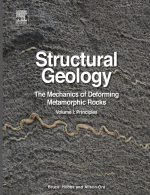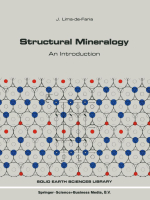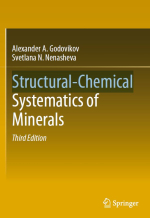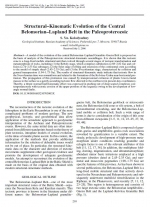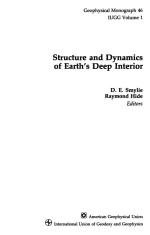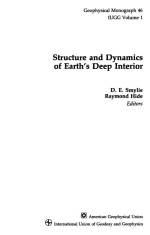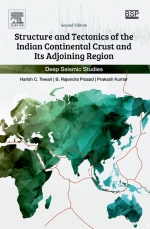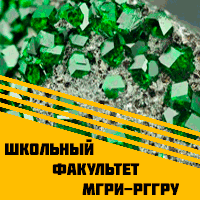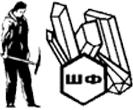Добрый день, Коллеги. Важное сообщение, просьба принять участие. Музей Ферсмана ищет помощь для реставрационных работ в помещении. Подробности по ссылке
- « первая
- ‹ предыдущая
- …
- 286
- 287
- 288
- 289
- 290
- 291
- 292
- 293
- 294
- …
- следующая ›
- последняя »
- « первая
- ‹ предыдущая
- …
- 286
- 287
- 288
- 289
- 290
- 291
- 292
- 293
- 294
- …
- следующая ›
- последняя »


